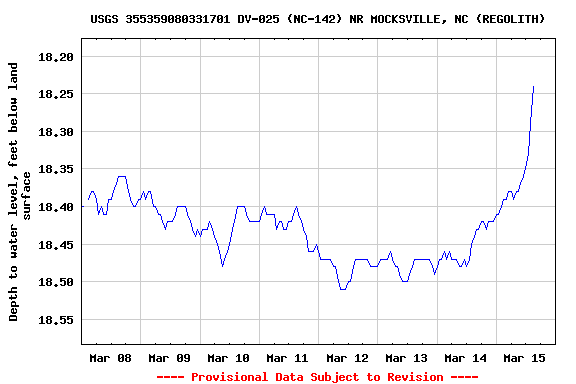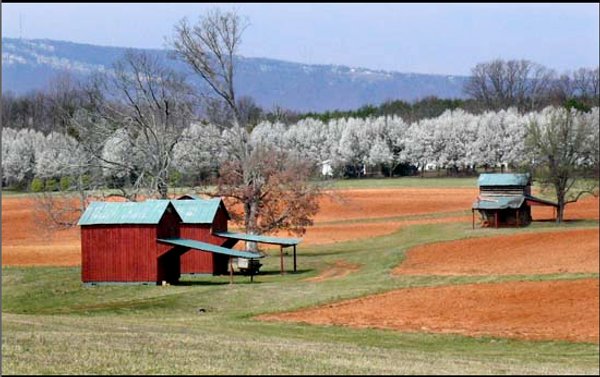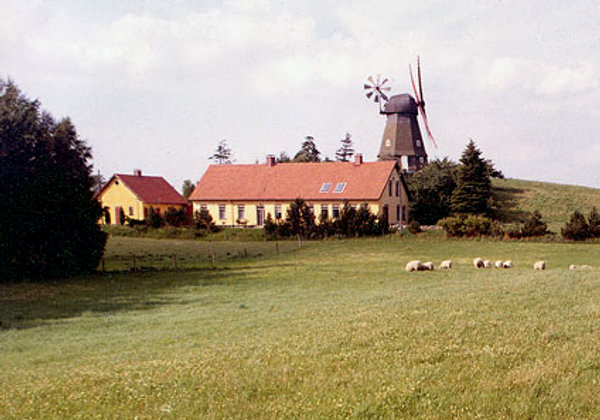The house’s internal systems are coming together fast. The wiring, plumbing, and heating/air conditioning ductwork are in the walls and inspected. Today, the insulation was put in. All of a sudden, the house is snug and warm. I couldn’t resist sitting by the fire for a while tonight.
The insulation inspection should happen tomorrow. On Thursday, the installation of the drywall should begin. The drywall will take five to six working days.
Above, the living room as seen from the radio room on the second floor. The radio room is a balcony and will have a railing.
Above, the radio room as seen from the upstairs bedroom. The upstairs bedroom will have an window open to the living room and will have a railing. That 2×4 is a temporary railing to keep workers from falling off the balcony.
New insulation around the gothic window
I’ve put my nerd instincts into coming up with the best security systems I can afford. Video cameras with infrared night vision, for example, watch all the doors and all sides of the house. I’ll also have motion detectors outdoors that will silently and wirelessly report any outdoor activity up to the radio room. I’ll have a panic button. My amateur radio antennas will be hidden in the attic. I’ll have battery backup for my computers and radios. Emergency communications is too important to be allowed to fail if the power goes out.






